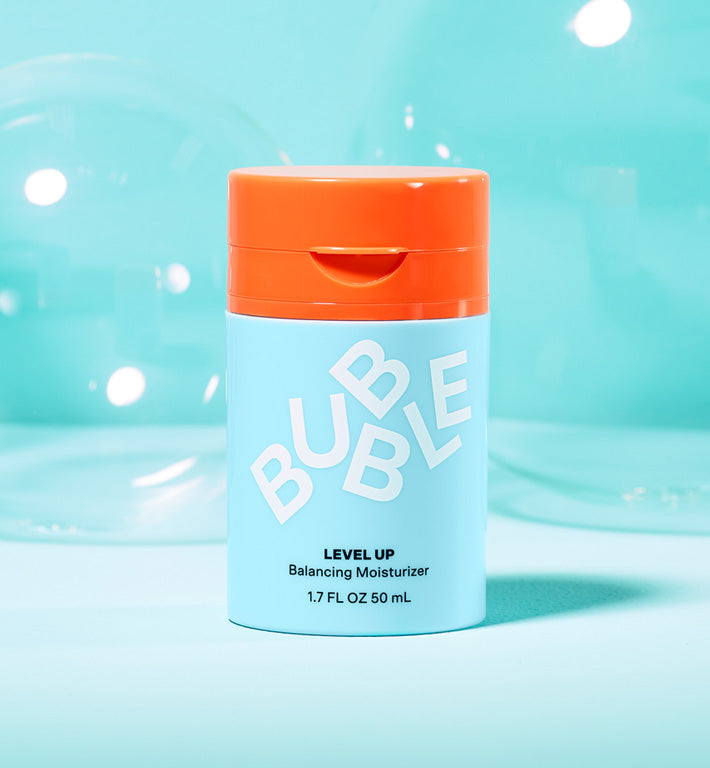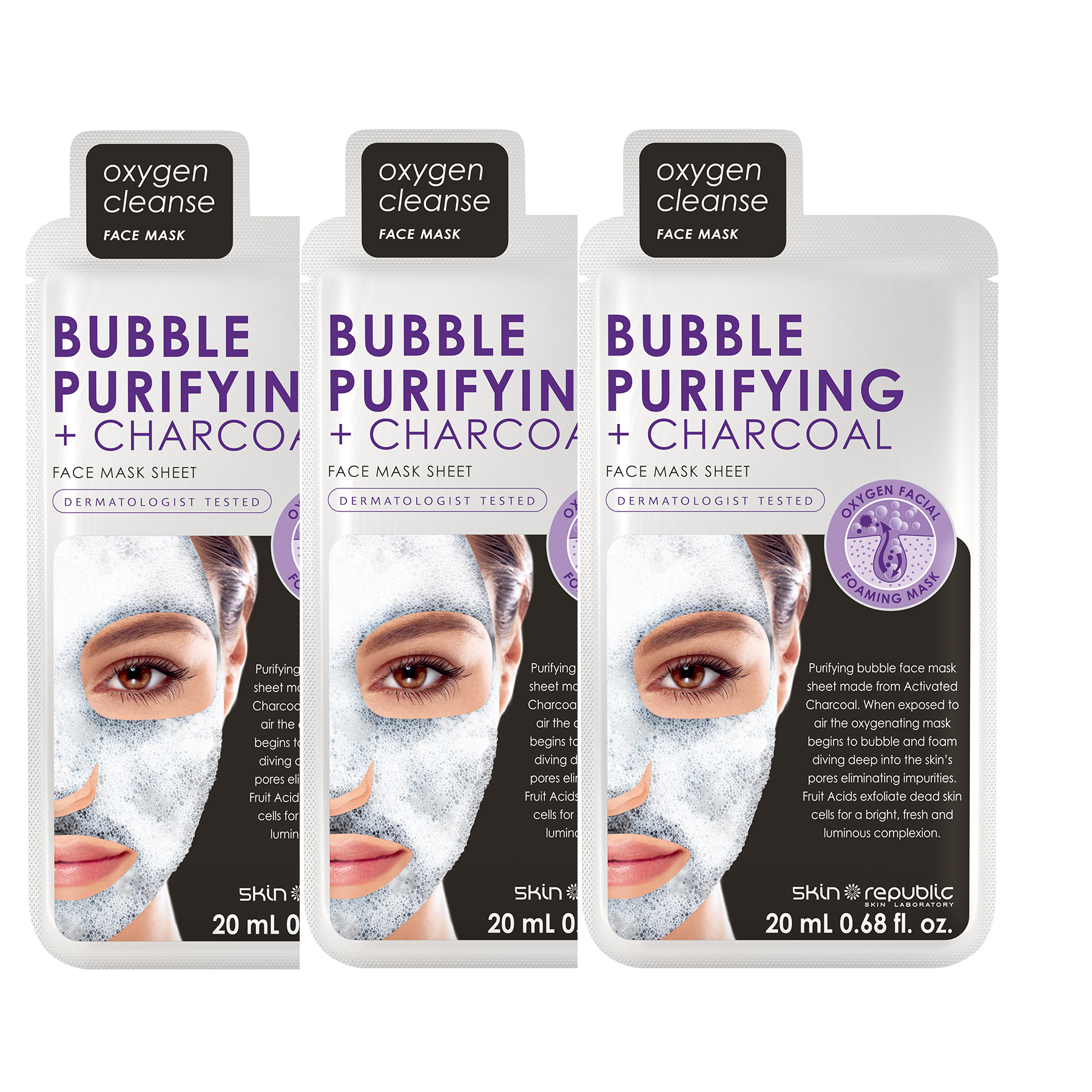
Trying to reinvent a shelf and a category that had so little innovation in the last 30 years, we really wanted to ensure we bring the products to every possible home in the US-and Walmart is the absolute perfect partner, leading the category with 20% of the total personal care purchase in the US and ~200 million weekly visitors."ĬVS was the next stop. "When we launched, we knew we needed to focus on accessibility. Eisenman shared the thinking behind the Bubble distribution strategy to date. In today's hypercompetitive beauty landscape, consumer demand trumps current distribution relationships as retailers assess new brands to launch.īubble is following suit with a retail rollout that would have been considered backwards" a few years ago, yet each retail partnership was methodical and carefully considered. We recently saw Amazon-first brand Hero Cosmetics exit to Dwight & Church in a $630 million deal after defying industry norms, selling its products from Amazon to Neiman Marcus and Target to Ulta. The traditional distribution playbook has officially gone the way of the dodo. Upending the Beauty Retail Distribution Paradigm

These merchandising moves put Bubble right next to the big beauty brands they've set out to disrupt. This year, Bubble also moved from Walmart's Trending Now section, created for indie brand launches, to the main skincare aisle, and in Ulta, the brand is merchandised in the mass skincare section. In under two years, the brand has rolled out to 9,000 retail doors, launching with a Walmart exclusive in 2021, followed by CVS this summer, and recently in 665 Ulta stores.

This data, coupled with the increased cost of acquisition online, made the path forward clear. When the brand launched DTC, they were shocked to learn 58% of Gen Z shop for skincare at big-box retailers, and only 20% of them shop for skincare online. With the information uncovered, Eisenman set out to capture the opportunity by building an efficacious, affordable, value-based, and design-focused brand with large-enough distribution to shake up the category and be truly accessible. She immersed herself in understanding the Gen Z cohort, creating a community of 4,600 teens that were part of every decision in developing the brand. She spent two years looking for white space in beauty and landed on shaking up the teen segment: "It made no sense to us that teens were stuck with options that hadn't evolved in decades and that didn't deliver on what they really needed and wanted."

"80 percent of Gen Z consumers use Neutrogena, Cetaphil, CeraVe, Clean and Clear, and Clinique-the same old-school brands that have been used for generations."Īs a performance marketer, Eisenman believes in the power of data and the context conversations with consumers provide. "Even though young consumers are the most advanced generation that ever existed, when it comes to skincare they use the same old-school stuff that I used as a teen and my mom used as a teen," Eisenman shared.

With a David and Goliath strategy, Bubble is going head-to-head with some of beauty's biggest brands. Shai Eisenman, representing a new generation of independent beauty founders, is laser-focused on what she's building and crystal clear about what it will take. Indie beauty brands are, by their very nature, challengers, but some founders think bigger than others.


 0 kommentar(er)
0 kommentar(er)
